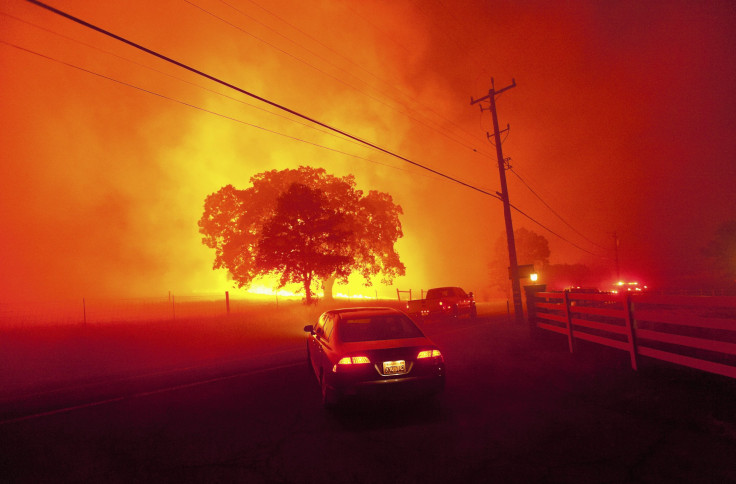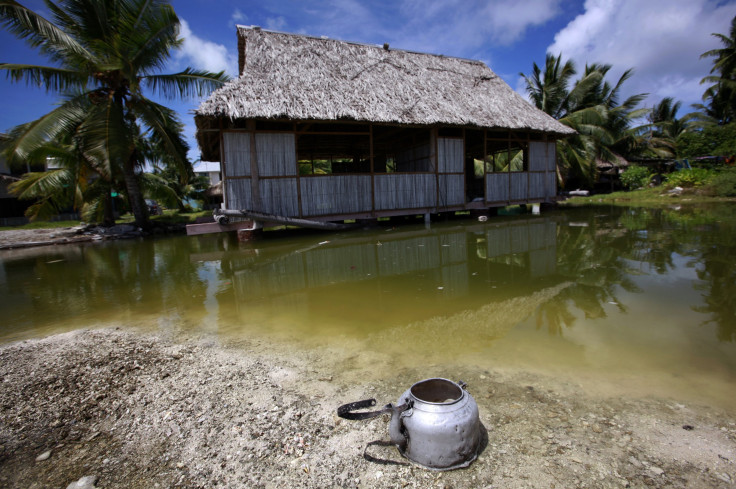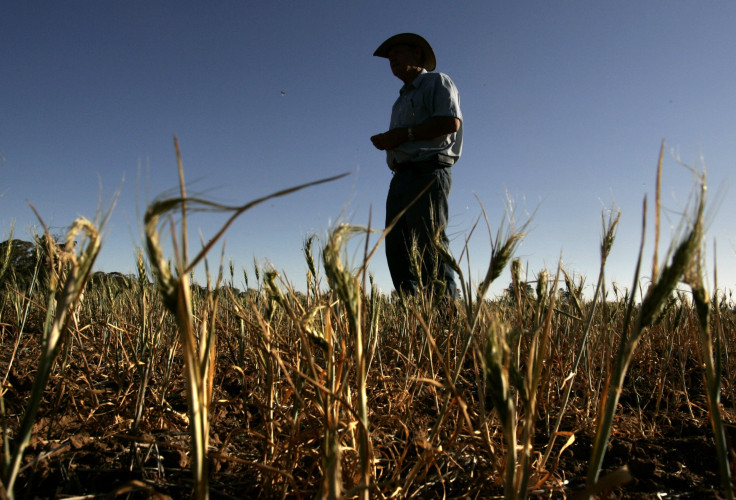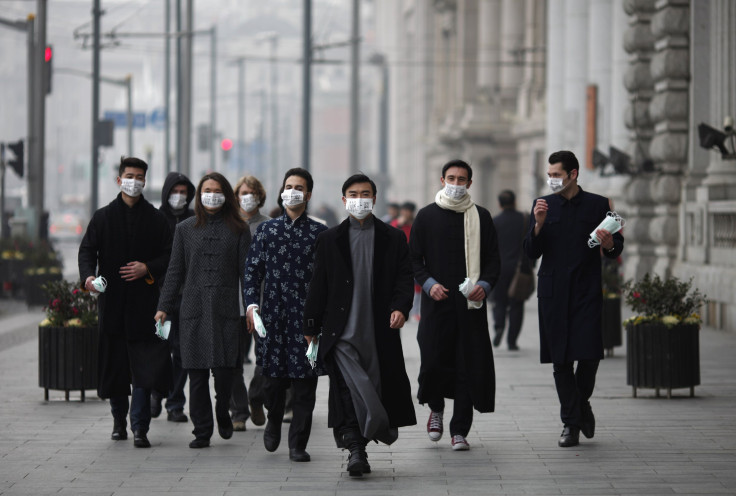Climate Change Is Happening Despite Two Decades Of UN Climate Talks

World leaders have been trying to forge a global treaty on climate change for more than two decades. But persuading countries to abandon profitable fossil fuels -- and instead spend trillions of dollars on new technology and environmental protections -- has proved nearly impossible.
The Kyoto Protocol, negotiated in 1997, expired two years ago with little discernable impact on greenhouse gas emissions. (The United States signed, but never ratified, the agreement.) Attempts to work out a successor treaty collapsed in 2009 at the Copenhagen climate talks.
Now, climate policy experts say that could finally change. At a United Nations-led summit in New York on Sept. 23, countries are expected to propose aggressive domestic strategies for reducing emissions and investing in clean energy technologies. Those proposals will be further developed at a two-week climate conference in Lima, Peru, this December, and will later be incorporated into a new climate treaty that leaders have pledged to adopt in Paris in December 2015.
“People are waiting for us to take a decision,” Manuel Pulgar-Vidal, Peru’s environment minister and president of the Lima conference, told reporters last week. If governments don’t, “we are going to have catastrophic consequences because of climate change. Time is a key ingredient for success.”
Climate scientists say that some of the damage to the environment can’t be undone, at least in our lifetime. But we can prevent a worst-case scenario by reducing emissions and protecting ecosystems now, experts say.
Here’s a snapshot of how the climate is already changing, despite more than 20 years of global climate talks:
Greenhouse gas emissions are at the highest levels in human history

Human activities like burning oil, coal and natural gas and destroying rainforests are pumping greenhouse gases into the atmosphere at an unprecedented rate. From 2000 to 2010, total man-made emissions reached the highest levels in human history, hitting around 49 gigatons of carbon dioxide equivalent in 2010, according to the latest report by the U.N.’s Intergovernmental Panel on Climate Change.
More recent data show global carbon dioxide emissions from burning fossil fuels rose about 3 percent between 2010 and 2011, and by up to 2 percent from 2011 to 2012, the IPCC said.
The atmosphere and oceans are warmer than ever

When all those emissions enter the atmosphere, they act like a force field. Land and water reflect the sun’s rays, but instead of shooting off into space, they come back to Earth, warming up the ground and sea.
As a result, the global average temperature of land and oceans rose by roughly 1.53 degrees Fahrenheit (0.85 degrees Celsius) from 1880 to 2012, according to the IPCC. This year alone, three of the past eight months -- May, June and August -- were the hottest on record, and 2014 is poised to be the world’s warmest year since recordkeeping began.
Sea levels are rising -- and at a quickening speed

A warmer world is translating into higher sea levels, for three key reasons: melting glaciers and polar ice caps; ice loss from Greenland and West Antarctica; and expanding water -- when water heats up, it occupies more space.
In the past century, the global mean sea level has risen by as much as 8 inches. In the past 20 years, the annual rate of rise has been 0.13 inches a year, roughly twice the average speed of the preceding 80 years, National Geographic notes.
Entire countries are at risk of disappearing

The Marshall Islands, an atoll nation in the Pacific Ocean, sits just 6.5 feet above the sea level. The higher water is steadily eroding the republic’s beaches and sinking its communities -- a scenario that is playing out in island countries around the world.
Last week, President Christopher Jorebon Loeak released a video address ahead of the New York summit to alert the world to the country’s plight.
“The beaches of Buoj where I used to fish as a boy are already under water, and the fresh water we need to grow our food gets saltier every day. As scientists had predicted, some of our islands have already completely disappeared, gone forever under the ever-rising waves,” Loeak said in the video.
“For the Marshall Islands and our friends in the Pacific, this is already a full-blown climate emergency.”
Global food supplies are slowly shrinking

Climate change already is affecting food production on land and sea, and the problem will only intensify, scientists say.
A combination of higher temperatures, persistent drought and scarcer rainfall is slowing the rate of increase in crop yields, the IPCC report said. Production of wheat, a particularly sensitive crop, could drop by 2 percent a decade in certain parts of the world. Changing ocean temperatures could similarly slam fish populations, reducing catches 40 to 60 percent.
“All aspects of food security are potentially affected by climate change,” the report said, warning of famine and possible food wars as supplies become harder to secure.
Human health is starting to suffer

Across the United States, heat waves and the spread of infectious diseases like West Nile virus and Lyme disease are already being felt in regions across the country. According to a recent White House report, more health complications could be in store because of climate change.
Asthma attacks could worsen as ozone levels increase. Lung and heart illnesses could rise because of more frequent wildfires. Pests like ticks and mosquitoes will multiply, spreading their vector-borne diseases. Allergies will increase as pollen flourishes. And flooding-related hazards will occur more often as rainfall levels rise.
© Copyright IBTimes 2024. All rights reserved.











